SUMMARY
This is AI generated summarization, which may have errors. For context, always refer to the full article.
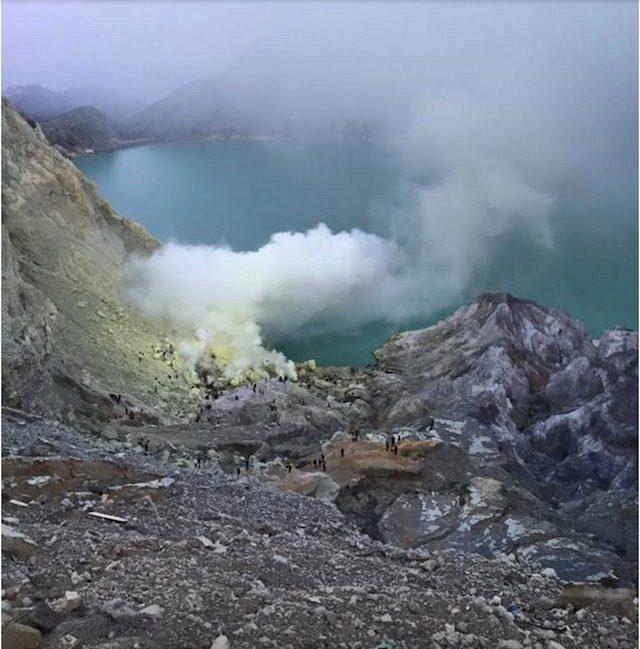
JAKARTA, Indonesia – There are only two volcanoes in the whole world where electric-blue flame can be seen on its crater – Iceland and Indonesia.
Mt. Ijen in Banyuwangi, East Java boasts of a blue flame – the largest in the world – and it is easily accessible to anyone in Southeast Asia.
I have climbed my share of volcanoes, mostly in the Philippines, but Ijen was by far the best I’ve seen
Ijen is an active volcano, with an acidic crater lake that is color turquoise – again the largest highly acidic crater in the world. The crater is one kilometer wide.
The view is stunning especially at sunrise, as you watch the crater and the volcano come to life.
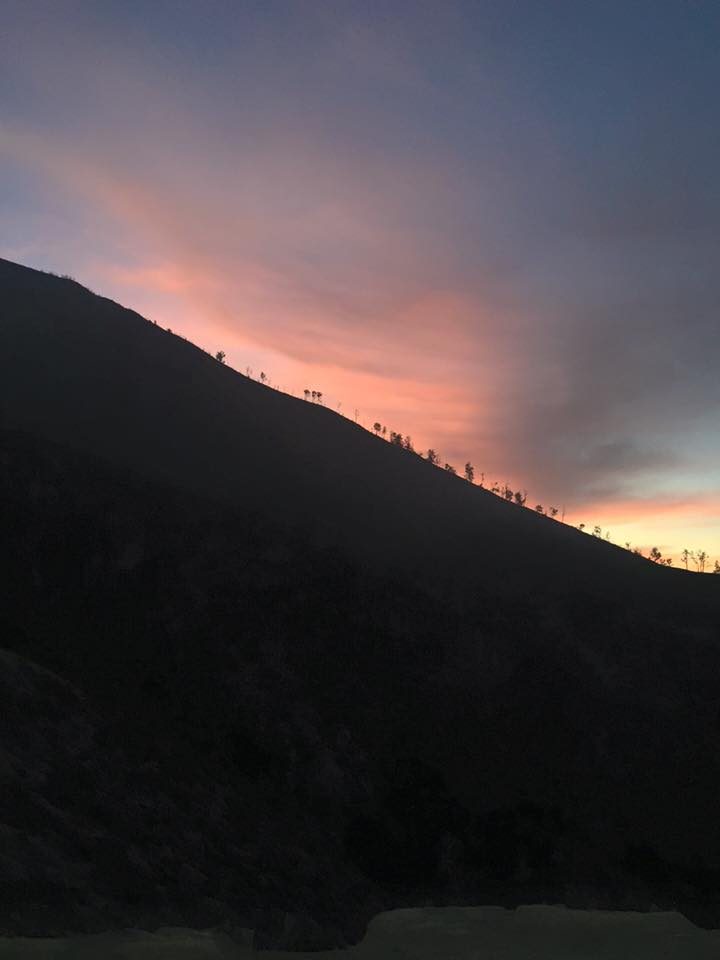
My group and I started the hike at 2am. Midnight hikes are a recent offering at Ijen, after National Geographic featured its blue flames, which are only visible before the sun rises.
The hike takes about 2 hours to the top – it is extremely steep so a walking stick would help – and from the top, 45 minutes to descend towards the crater.
You will need a headlamp for the midnight hike because it is completely dark. Consider a face mask as well since it is dusty, as the climb is steep and those in front of you will leave you in the dust – literally.
There is only one rest stop, about half an hour to the top, but there are stones and branches on the side you can sit on to catch your breath along the way.
Once you get to the top, there is an option for you to descend to the crater to get a closer look – this is the only way to see the blue light – or stay on top and wait for the sunrise.
Unfortunately, I was unable to see the blue flames since I had to wait for my guide, who accompanied the rest of the group, but the photos online of the phenomenon are breathtaking.
Amazing!!! There 2 place only in the world #mount #ijen #bluefire #java #bali #Indonesia http://t.co/OSJISbf4GX pic.twitter.com/yNVI1Hn2Ti
— pramana-tours (@pramana_tours) October 16, 2015
Api Biru (Blue Fire) yang keluar dari kawah gunung Ijen, Banyuwangi. pic.twitter.com/1gnFA4B07c
— Tahukah Anda ? (@AndaTahu) October 29, 2015
Fenomena blue fire atau api biru dpt dijumpai hanya di dua tempat di dunia yaitu kawah Ijen & Islandia. #IRadioInfo pic.twitter.com/nTp08fvOm4
— 89.6 I-Radio Jakarta (@Iradiojakarta) October 26, 2015
At Ijen, the electric blue color is produced from the lava, mixed with the unusually high amount of sulphuric gases. Once exposed to the oxygen in the air, the sulfur burns and its flames turn a magnificent blue.
The hike though was beyond worth it. Waiting for the sunrise was an incredible experience, and having the light slowly expose the surroundings was almost magical – almost like someone unwrapping a present – as you realise exactly where you are.
Because it was completely dark on the way up, it was incredible to see the trees and the forest surrounding the volcano, as well as the crater itself.
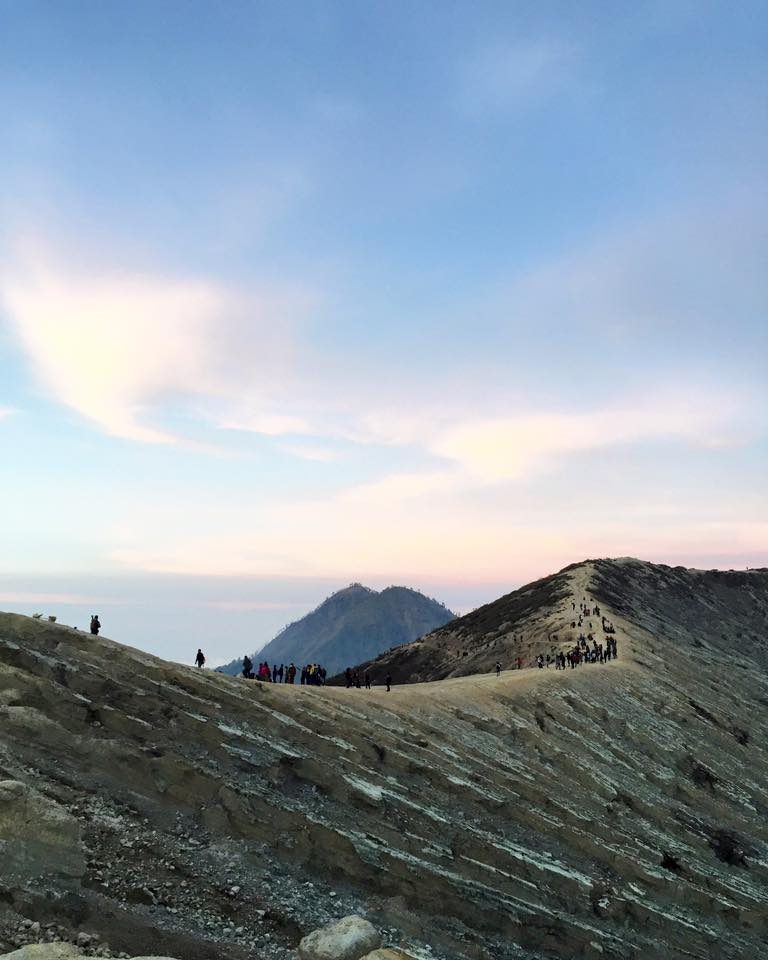
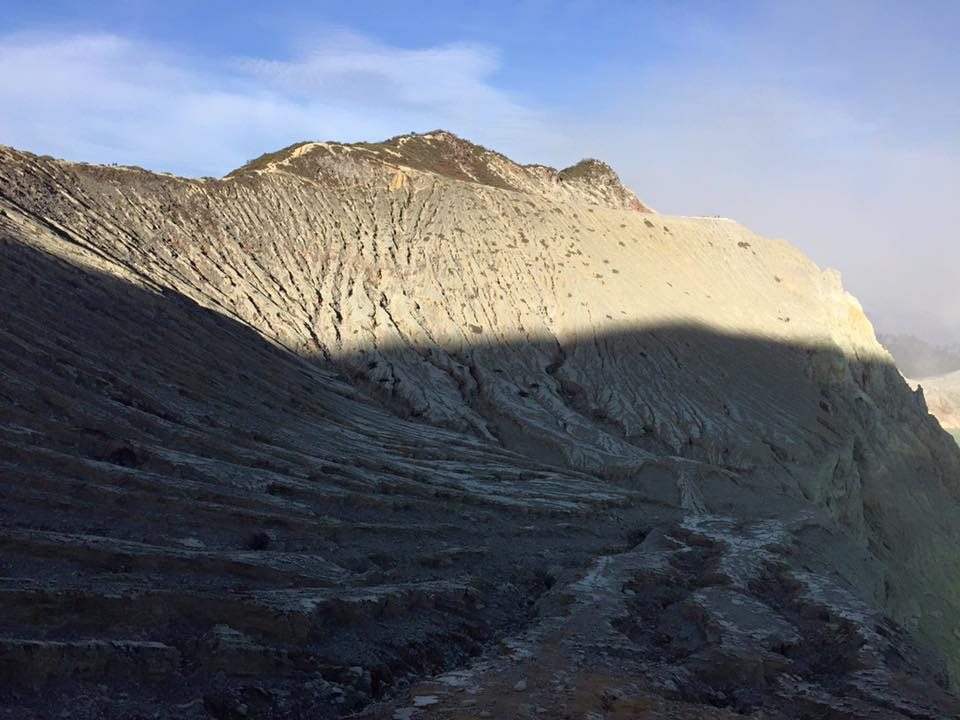
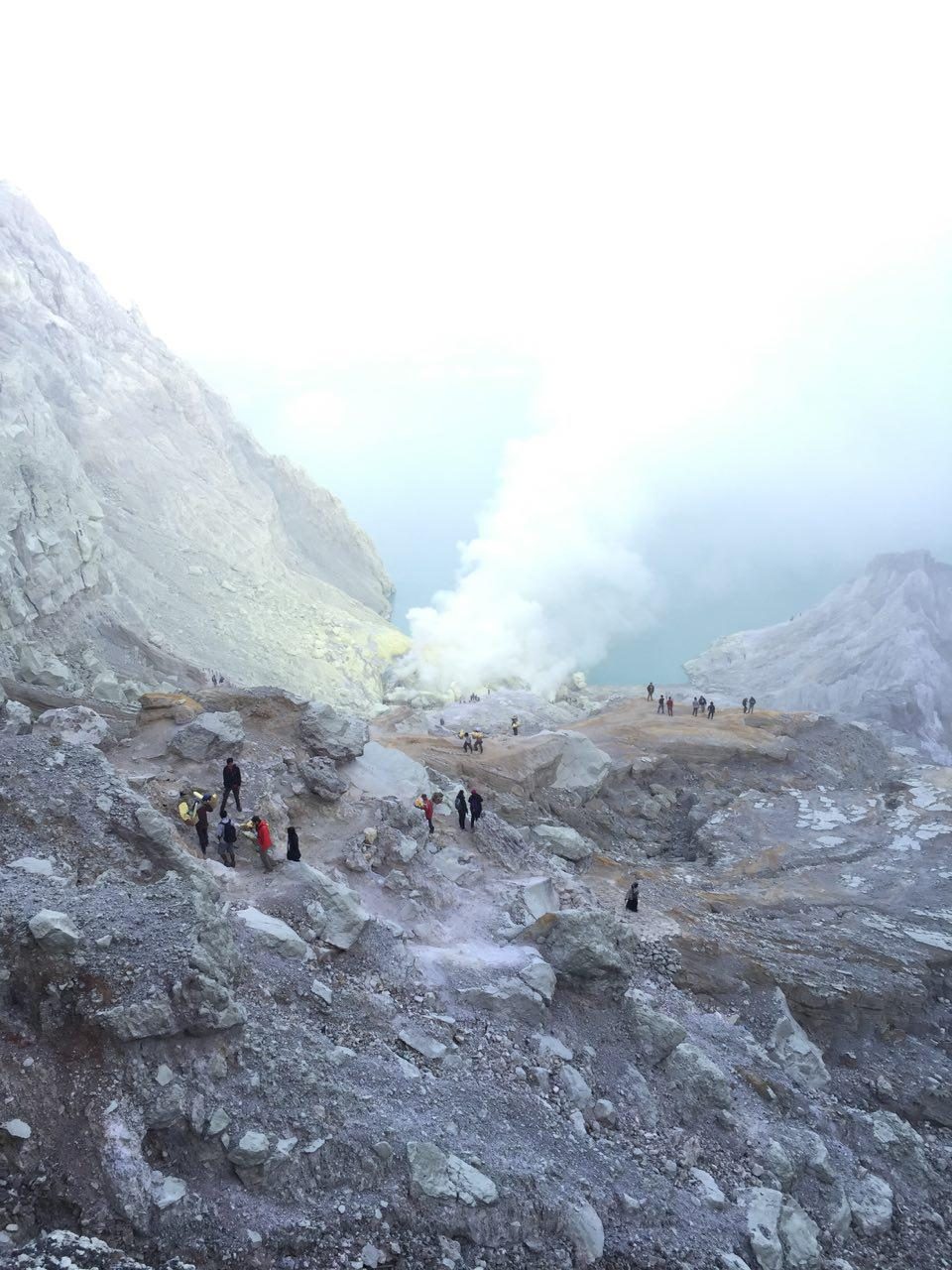
The temperature also rises significantly once the sun comes through. It gets as cold as 5 degrees celsius 41 degrees farenheit) at night, so be sure you’re adequately wrapped up with a beanie and gloves and a warm jacket, which you can then shed when the sun rises.
I did descend the crater though after sunrise, which is still worth it as you get an even closer view of the crater. I recommend renting one of the fume masks offered by vendors on the top – only about 30,000 Rp – because the fumes can get quite powerful and unhealthy if you’re there for a long time.
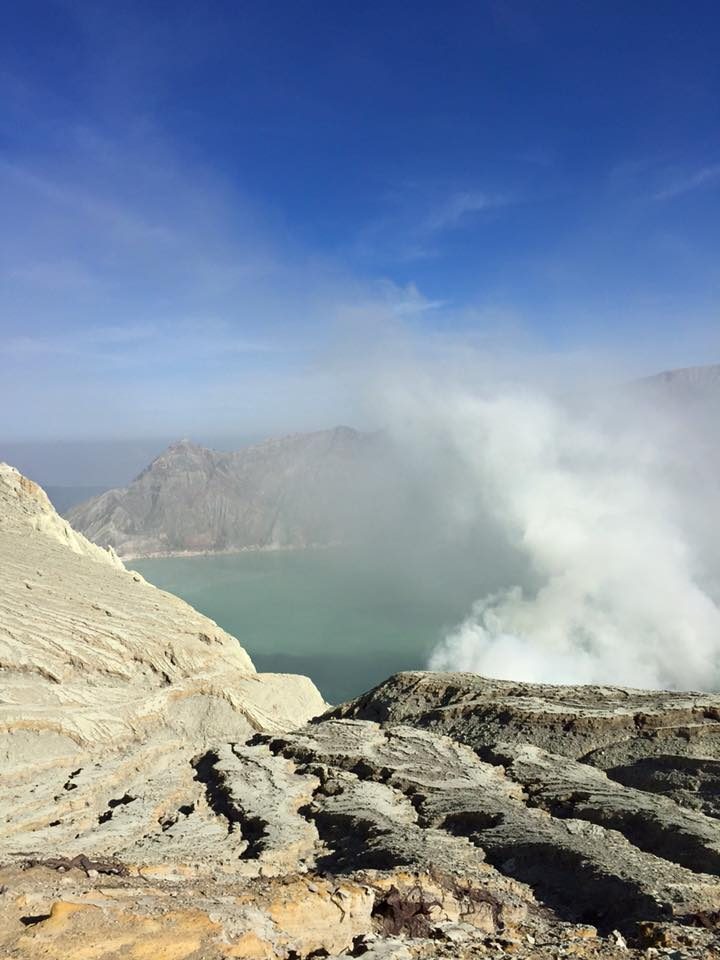
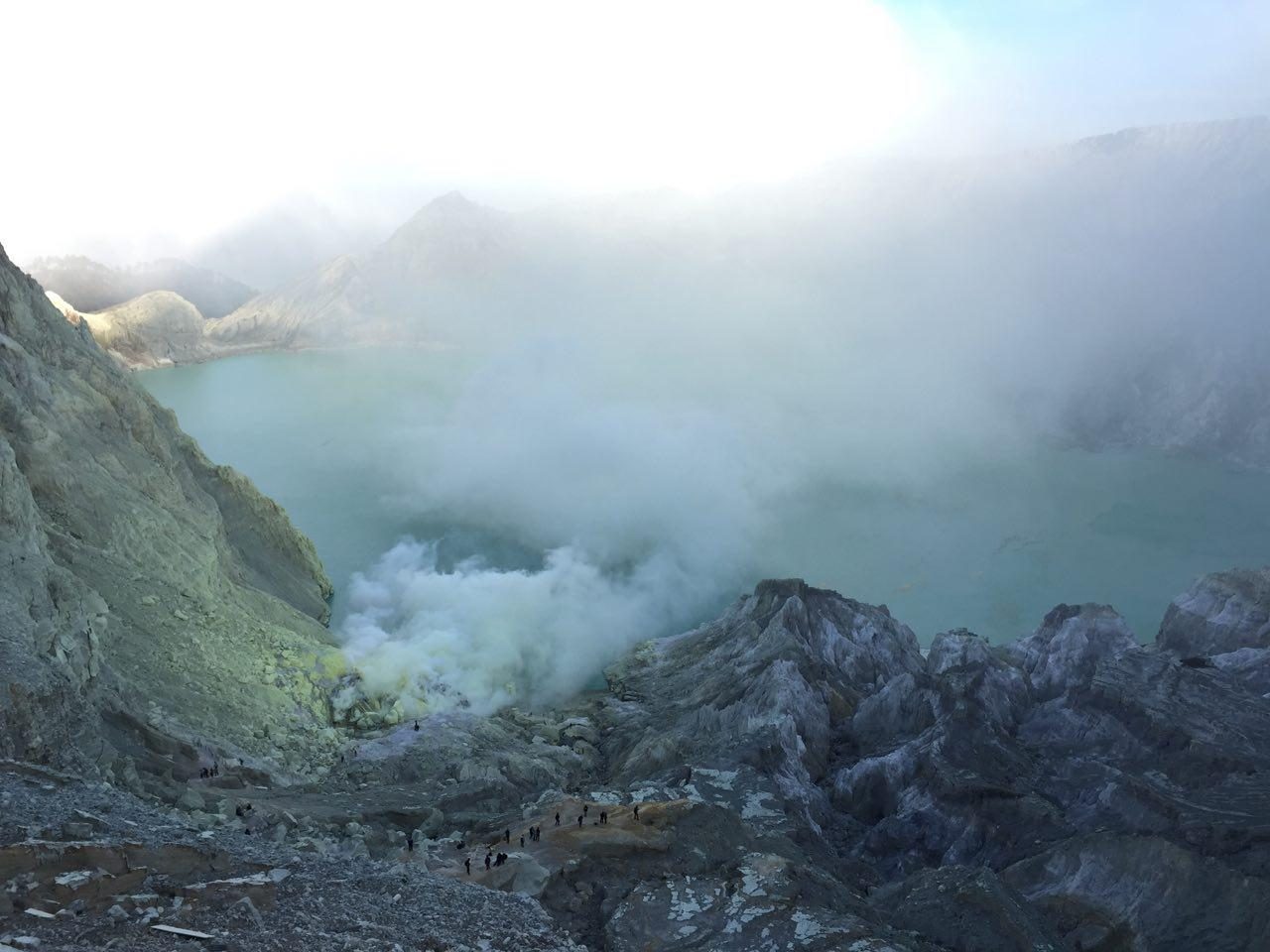
The other fascinating thing about Ijen is that it’s a sulphur mining site. Miners go back and forth from the bottom of the volcano to the crater about 8 times a day, lugging extremely heavy sulphur rocks on their backs to make a living.
The work is tedious and strenuous, and the sulphur fumes terrible for their health, but the miners rely on the crater to earn money for their families.
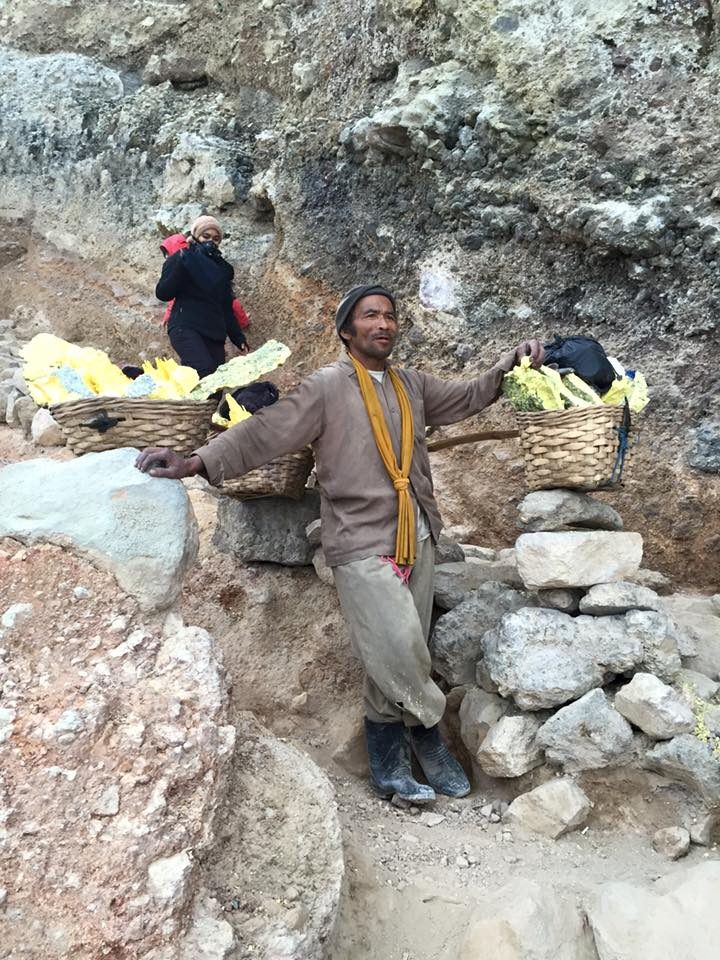
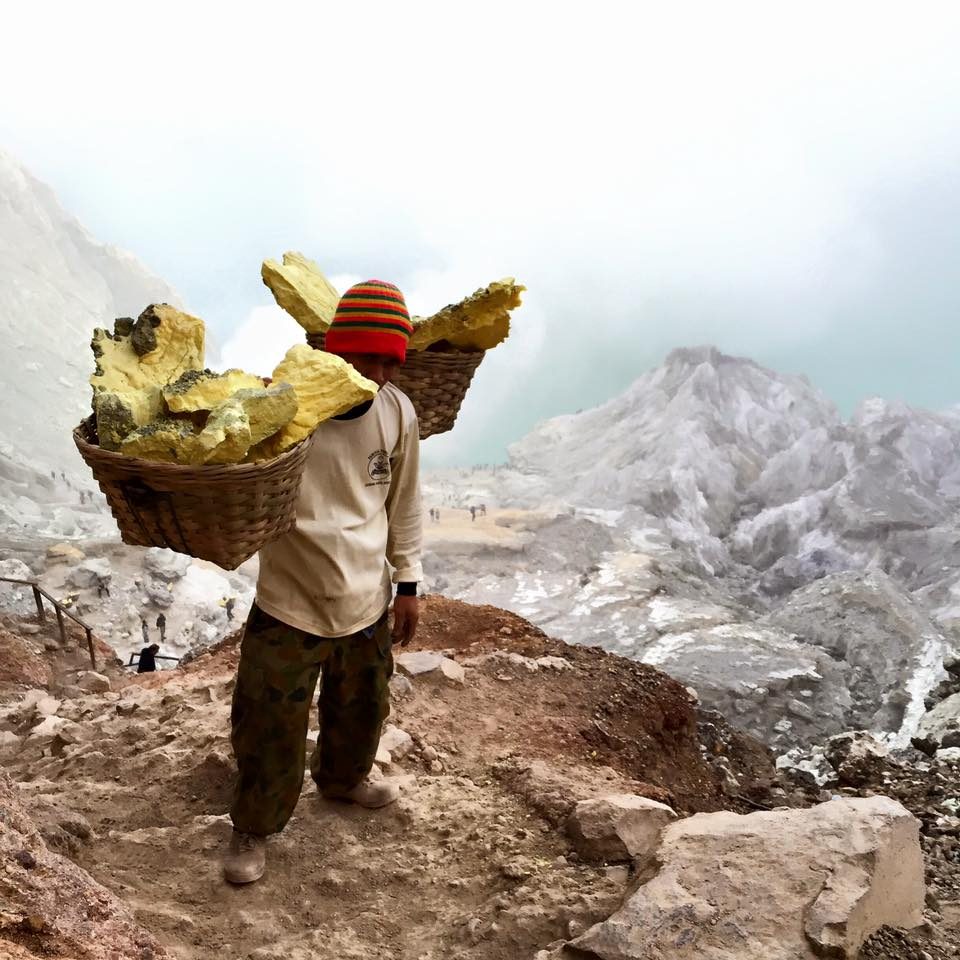
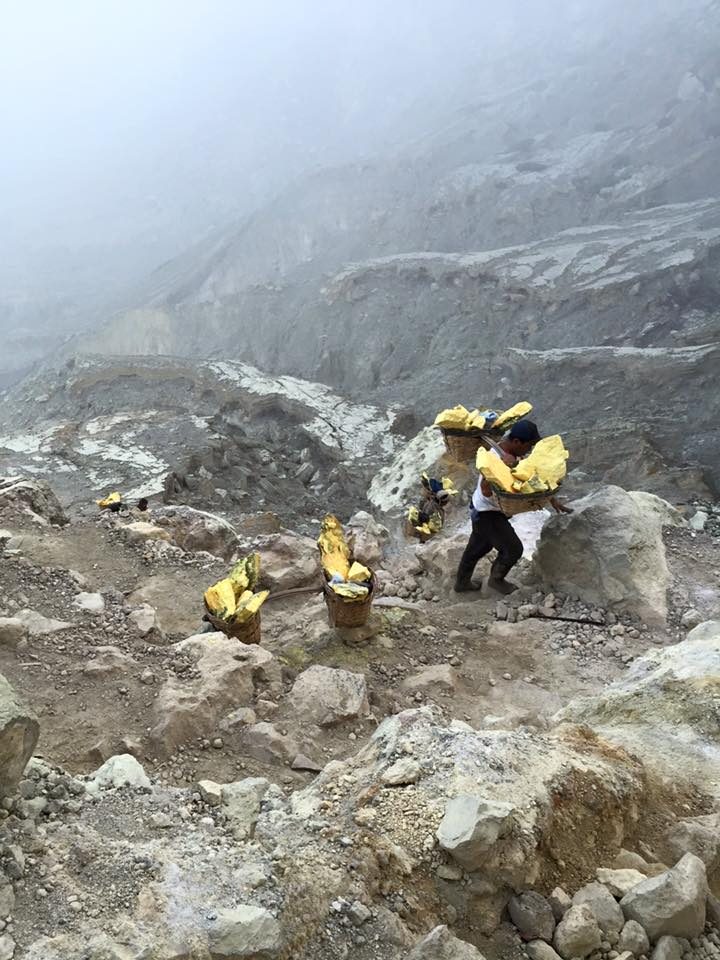
We stayed up on top for a good couple of hours – because you can never tire of the view. Once you’re up there, it is easy to feel like you are in a completely different continent, if not planet. Don’t forget to bring water and even your breakfast if you want to have a little picnic by the crater. Might as well take advantage of the climb.
The trek down is significantly easier than the way up. But beautiful as well. Because it is dark during the midnight hike, you see the path you trekked for the first time, which is a sight in itself.
The trees are lush, green and untouched, and I found myself stopping a few times to snap photos, marveling at the fact that this was the view I was missing when I hiked the volcano at night.
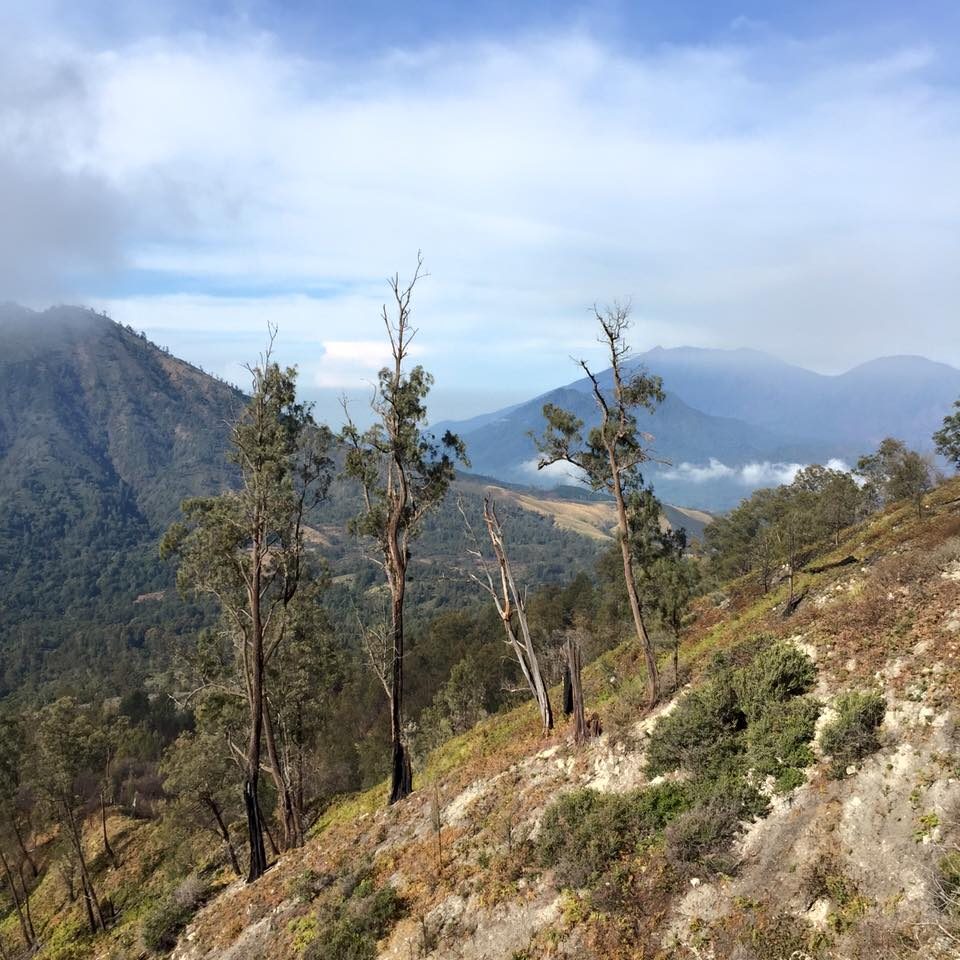
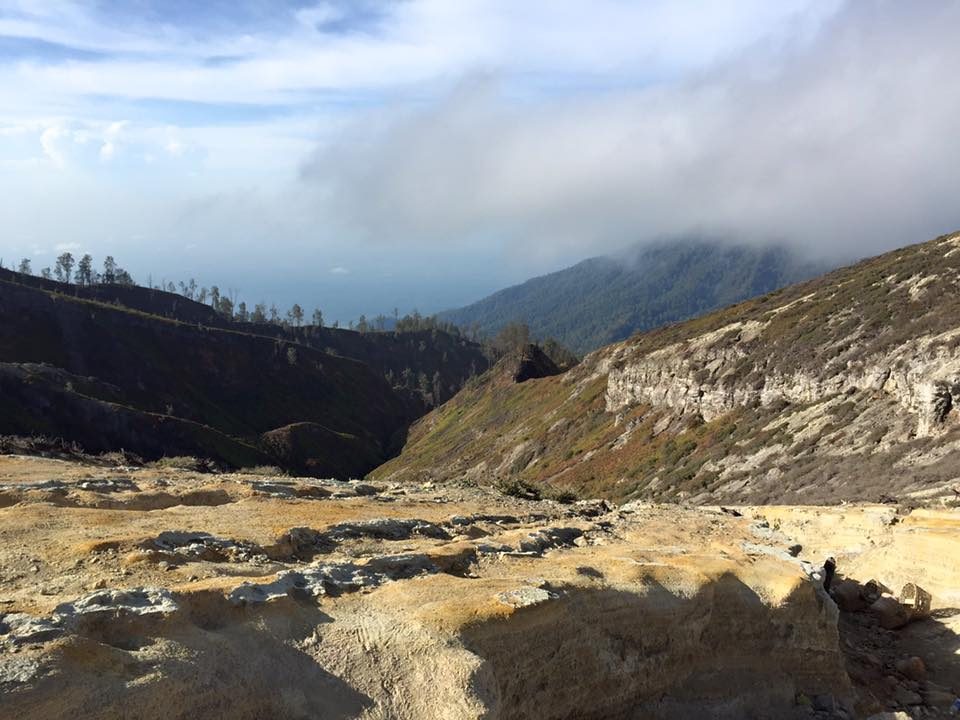
I highly recommend the climb and am already planning my return trip, this time to catch the blue flame.
Here’s how to get there:
From Jakarta, fly to Banyuwanggi; as low as 1,000,000 Rp ($72)
From Manila, fly to Jakarta; as low as 4,000 Php ($85), and from Jakarta, fly to Banyuwanggi
*You can also ride a ferry from Bali to get to Banyuwangi
From Banyuwangi, the road travel to Ijen is about 1 hour
Cost of tour:
You can get a direct pick-up from the airport that will take you to the crater. Tour price for 2-4 people including travel by Jeep is $51
Entrance fee at Ijen without a tour is 100,000 Rp ($7)
You can also choose to camp on the bottom of the mountain.
For more tour packages check here. – Rappler.com
Add a comment
How does this make you feel?
There are no comments yet. Add your comment to start the conversation.